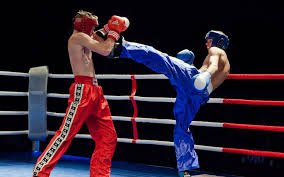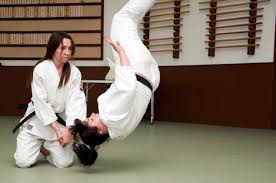control
MARTIAL ARTS OF KOREA
 Taekwondo
Taekwondo
martial art created after World War II on the basis of Japanese karate and traditional Korean martial arts. In 1994, Taekwondo became an Olympic sport and in 2000 it was included in the program of the Olympic Games. The main difference between taekwondo and karate is the predominance of kicks; in sports taekwondo, about 70% of the blows are done with the feet and only 30% with the hands. Continue reading




